Response is yes, it can be achieved with kubeadm, it will allow you to aggregate your different VM/hosts into the cluster in the same way docker-swarm does by kind of subscribing them into the cluster.
See how (thanks @Jason Stanley)
Some Prerequisites
If like me you're on a client infrastructure, implementing your solution 'on-premise' on a Red Hat environment, you'll need two or three things.
- The proper docker environment
- An image registry
- An easy way to configure your cluster
Docker environment
First one and because it's a restriction meant by docker and red hat is to use docker-ee the enterprise edition which allow support on prod by red hat, which is why most people pay a red hat subscription.
See typical architecture using docker-ee and how to install that on Red Hat
Local image registry
The other thing is to deploy a docker registry, this is an official image (documentation here) provided by Docker team, registry will allow your cluster to pull the image from it - images that you will push inside while setting everything up - note that this is relevant in a restricted environment where your VM/hosts can't have access to internet or use a proxy.
Cluster setting tool
One handy tool is using helm which allow you to set your cluster easily by referencing which images provide a given service, on which port with which policy.
Helm documentation
 Moreover, these 2 VMs will run on RedHat EL 7 and won't be local and they may be hosted on different machines
Moreover, these 2 VMs will run on RedHat EL 7 and won't be local and they may be hosted on different machines